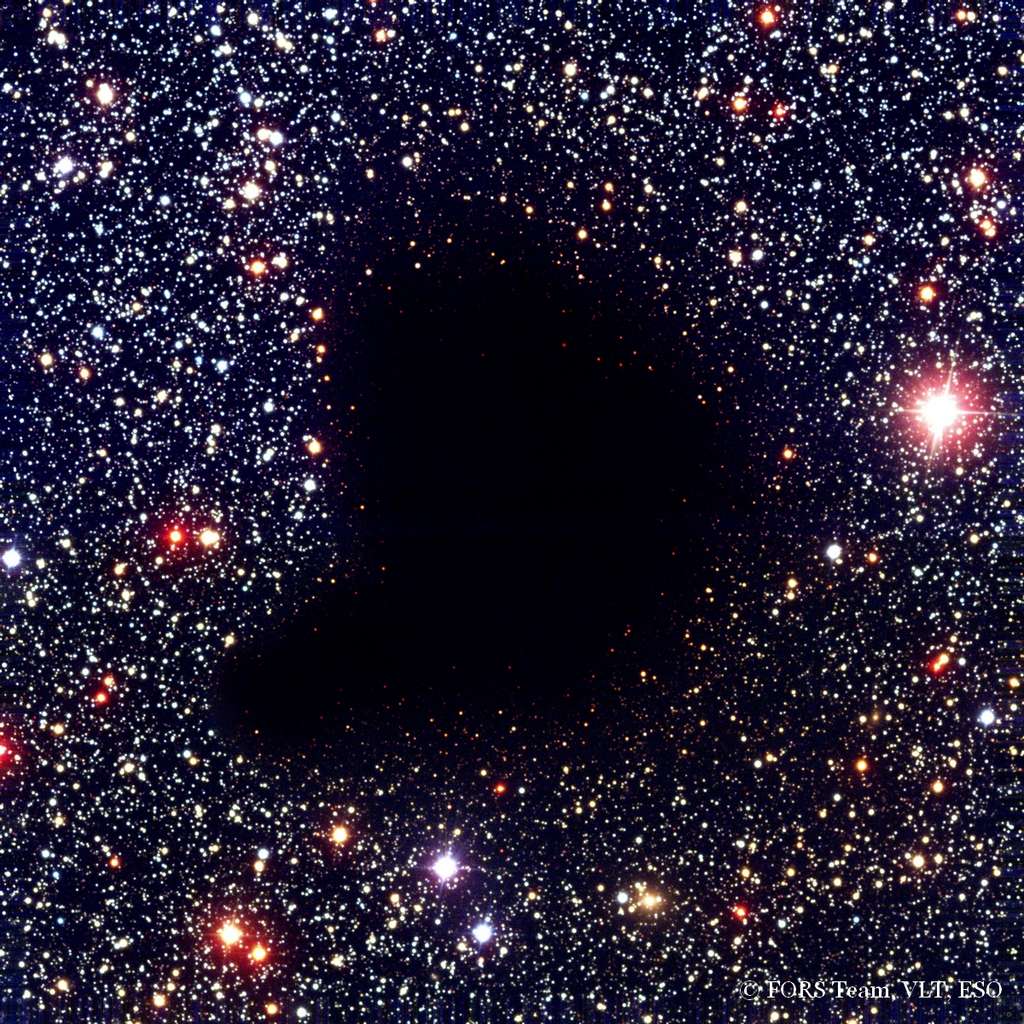Gaia mission astrometric data regarding the positions and speeds of stars in the Milky Way indicates that our Galaxy and its dwarf elliptical satellite galaxy known as Sagittarius collided about 5.7 billion years ago. This collision could have started, via shock waves in the interstellar medium, the collapse of a molecular and dusty cloud which will be at the origin of the Solar System 4.56 billion years ago.
It is to the British physicist , astronomer and mathematician James Jeans that we owe an elementary theory giving a criterion allowing to determine if a cloud of gas , given density and temperature, will collapse under its own gravity . Discovered in 1902, the Jeans criterion, as it is called, therefore makes it possible to understand how and when interstellar clouds in a galaxy like the Milky Way are going to be able to collapse because of a gravitational instability to end up giving young stars surrounded by a protoplanetary disc.
We thus observe in our Galaxy dense and cold molecular clouds, like the famous globules of Bok , which are likely while collapsing to fragment to give nurseries of young stars born almost at the same time. In the same way, our Sun would have been born , which thus belonged during a time to an open cluster of stars similar to that of the Pleiades in the constellation Taurus . Her sisters then dispersed into the Milky Way.

Shock waves causing stars
However, these molecular clouds should not often collapse according to the Jeans criterion. The astrophysicists cosmogony in specialized however find a loophole to this problem: the shock waves. They arise in the interstellar medium, notably on the occasion of a supernova explosion but also of collisions between molecular clouds, and in both cases, they cause compressions of these clouds. These collisions can occur during the passage of one of these clouds in one of the spiral arms of the Milky Way. Recall that these spiral arms are also the product of density waves in the self-gravitating fluid of stars in our Galaxy according to the theory developed by Lin and Shu .